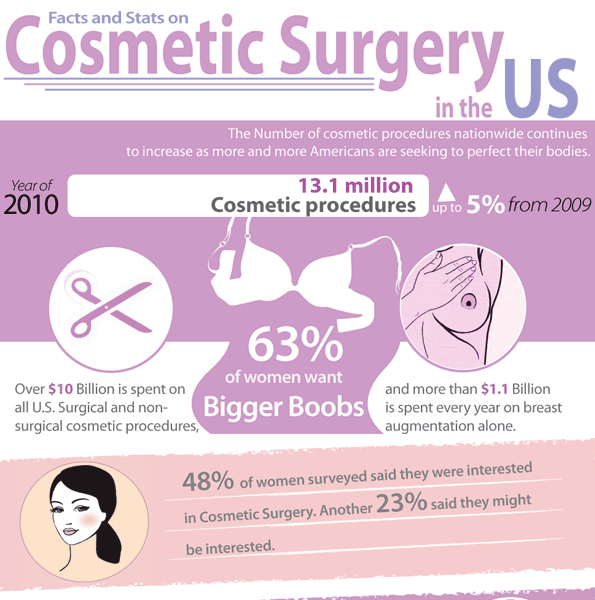Does Benzoyl Peroxide Work For Acne
Does Benzoyl Peroxide Work For Acne
Blog Article
Sources of Acne on Cheeks
Acne breakouts in the cheek area are caused by lots of things, from touching your face frequently to not altering your pillowcase often sufficient. Picking at acnes increases your threat of infection and scarring, and certain medicines can aggravate dark spots (postinflammatory hyperpigmentation).
Luckily, there are lots of means to stop and deal with cheek acne. These consist of:
1. Hormone Modifications
Acne is mainly triggered by hormonal agents, particularly those created during adolescence and pregnancy. For some, a family history of acne may also contribute to their condition. Anything that clogs pores, such as oil-based skin care items or ceraceous hair items, can activate acne. Different topical therapies, like benzoyl peroxide and salicylic acid, can combat germs and unblock pores. Those with severe or chronic acne should look for therapy from their medical professional.
Prevent touching or squeezing your acne, as this can push some of the bacteria deeper right into the skin, bring about an extra serious breakout. It is also important to change pillow cases routinely and use tidy make-up brushes. You must likewise try to avoid toxic irritants such as rubbing from using a safety helmet or tight collar.
2. Diet
The greasy, sweet foods that lots of people believe trigger acne may in fact refrain so. As a matter of fact, research studies have revealed that consuming a diet plan rich in whole, nutrient-dense foods aids to stop outbreaks.
Foods high in the glycemic index (such as white bread, corn flakes, puffed rice and potatoes, doughnuts and other breads) elevate blood glucose levels quickly, and this can raise hormonal agents that increase oil production and bring about acne.
Consuming alcohol cow's milk has also been connected to boosted acne breakouts. If you are a regular cow's milk enthusiast, you may want to attempt switching to low-fat or nondairy alternatives that are strengthened with calcium. Furthermore, consuming more water can aid to decrease acne because it aids to maintain the skin hydrated.
3. Excess Oil
While oil is important for healthy skin, it can come to be an issue when too much sebum blends with dead skin cells and blocks pores. This mix can produce blackheads, whiteheads and pimples. The obstructed pore wall can break down and spill microorganisms, dead skin cells and sebum into surrounding skin. This causes a red bump referred to as an acne. Often these red bumps have pus in the center from a microbial infection. Larger contaminated bumps that appear like acne are called cysts.
There are many points that can trigger excess sebum and clogged up pores, including hormonal agent changes, diet and day-to-day practices. Some instances include touching the face frequently, relaxing your hand on your cheek, using filthy makeup brushes and not altering pillowcases consistently.
4. Tension
If you're managing throbbing acnes or a multitude of blackheads and whiteheads, it might be time to speak to a dermatologist. They can suggest an effective therapy that laser hair removal suits your skin kind. Exercising relaxation and stress-reduction strategies likewise aids.
Acne can happen in the cheeks as a result of friction and stress, such as when a person touches their face regularly or wears a hat or sporting activities helmet that rubs versus the skin. It can also appear where oily cosmetics and lotions massage versus the skin.
Prevent pressing acne, as this can push contaminated material deeper into the skin and bring about scarring. Instead, see a medical professional to find out about preventative therapies like medication, skin treatment products and way of life adjustments. Eating a healthy and balanced diet of whole foods, obtaining seven to 9 hours of sleep and utilizing noncomedogenic make-up and skincare products can all help in reducing acne breakouts.
5. Hair Products
Hair items are not typically thought of as a root cause of outbreaks, but they can add to acne on the cheeks in some people. Pomade acne, which is defined by tiny closed comedones and papulopustules, is typically brought on by the use of oily hair items which contain comedogenic ingredients such as specific oils and acetylated lanolin.
Picking hair products that don't have these potentially comedogenic components is a vital step toward decreasing breakouts. Also, making sure that hair items aren't coming in contact with the skin can assist protect against breakouts. For example, using a headscarf or hood at night can limit hair-to-face call and reduce the possibility that leave-in hair items will certainly abrade onto the face.
In addition to utilizing a non-comedogenic cream and cleaning with an acne face wash, other valuable approaches include: